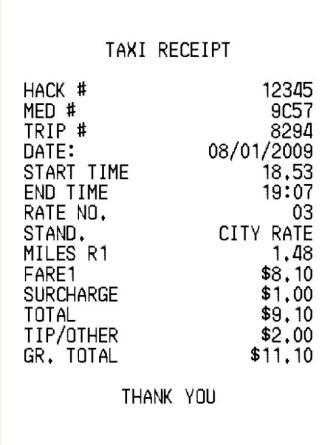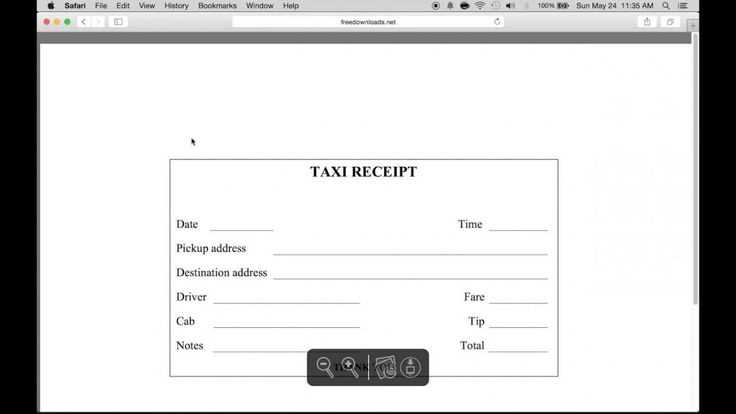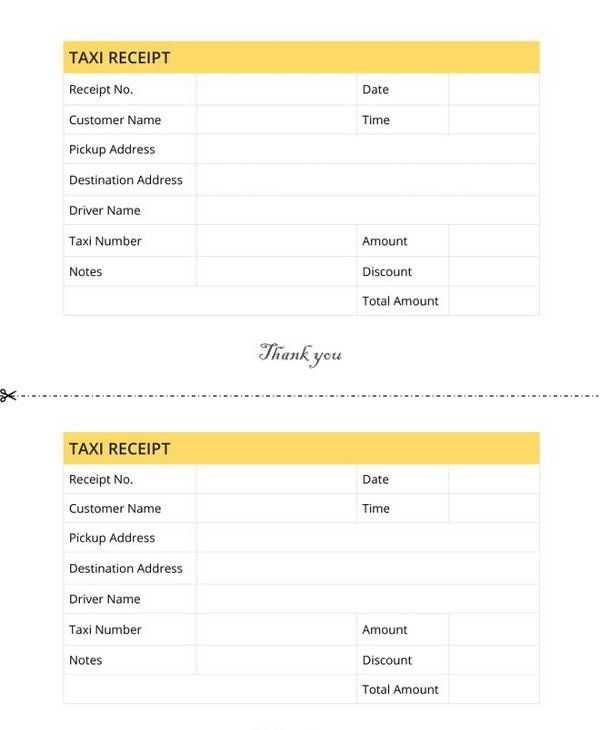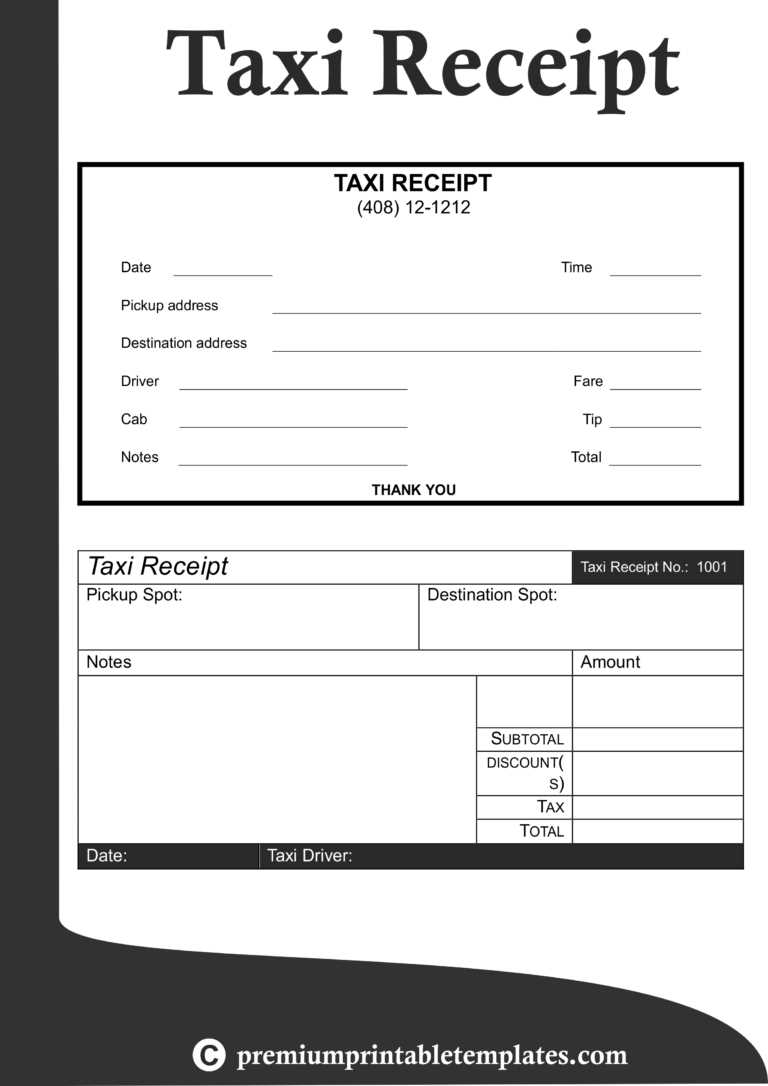
For those who need to create a taxi fare receipt quickly, this template offers a simple and clear format to follow. It includes all the necessary details such as the date, time, fare amount, pickup and drop-off locations, and the driver’s information. With this template, you can easily ensure that all required data is properly presented for both business and personal use.
Keep it concise: Make sure to list the taxi fare, the distance traveled, and any applicable taxes or additional charges. The template allows for easy adjustments to suit different pricing models, whether flat rates or metered fares.
Include payment details: If the payment was made via card, include the last four digits of the card number. If cash was used, simply note that it was a cash transaction. Always verify that the total matches the fare breakdown for accuracy.
Use this format to streamline your receipt process. The template is designed to be customizable, allowing for quick edits whenever necessary. It’s a practical tool for anyone managing taxi services or for passengers who need a clear record of their ride costs.
Taxi Fare Receipt Template Guide
To create a clear and organized taxi fare receipt, start with the date and time of the ride. Include the passenger’s name or a reference number to identify the transaction. Clearly state the fare amount, specifying whether it includes taxes and tips. Break down the fare into segments, like base fare, distance, waiting time, and additional fees, if applicable. Add the driver’s details, such as their name or license number, to make the receipt verifiable.
Key Elements for Clarity
Ensure the receipt includes payment details, whether it’s cash or card, and the total paid. A payment method section can clarify the mode of transaction used. For card payments, include a transaction ID for future reference. A footer with company contact information, license number, and any necessary terms and conditions adds professionalism to the document.
Design Considerations

Choose a simple, clean layout with legible fonts and adequate spacing. Organize information in a structured format: header for company details, body for ride details, and footer for payment and contact information. This format makes it easy for passengers to verify and understand the fare breakdown. If printing, ensure the receipt fits standard paper sizes and is readable on both physical and digital devices.
How to Create a Clear Fare Breakdown
Begin by clearly separating each cost component. List the base fare, time charges, distance fees, and any additional fees like tolls or surcharges. Use a simple table format with rows for each item and corresponding amounts. This makes it easier for the customer to see how the total is calculated.
Base Fare and Distance Charges
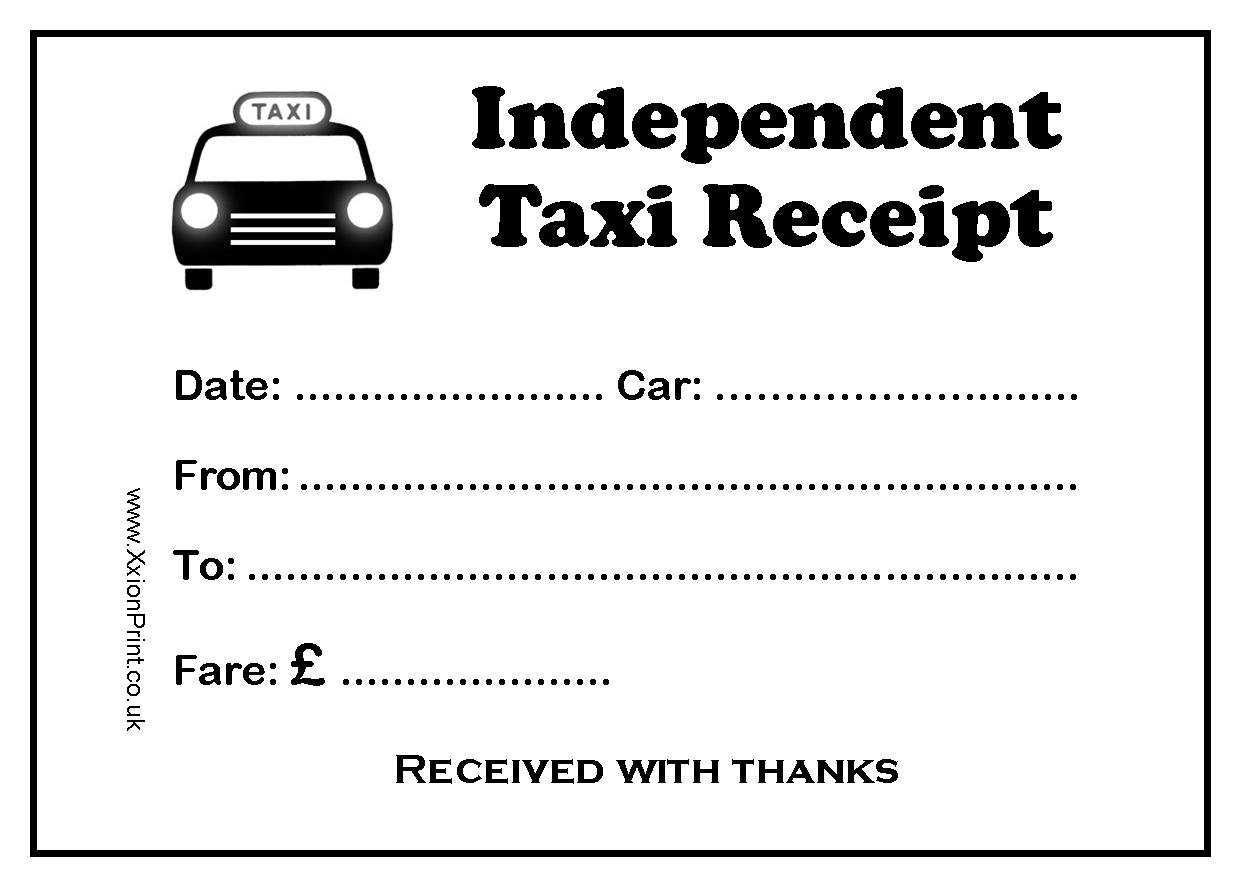
The base fare should be clearly labeled at the top, followed by any distance-based charges. If the price depends on mileage, mention the rate per mile or kilometer, and show the total miles traveled. This transparency helps customers understand how the distance impacts the cost.
Additional Fees
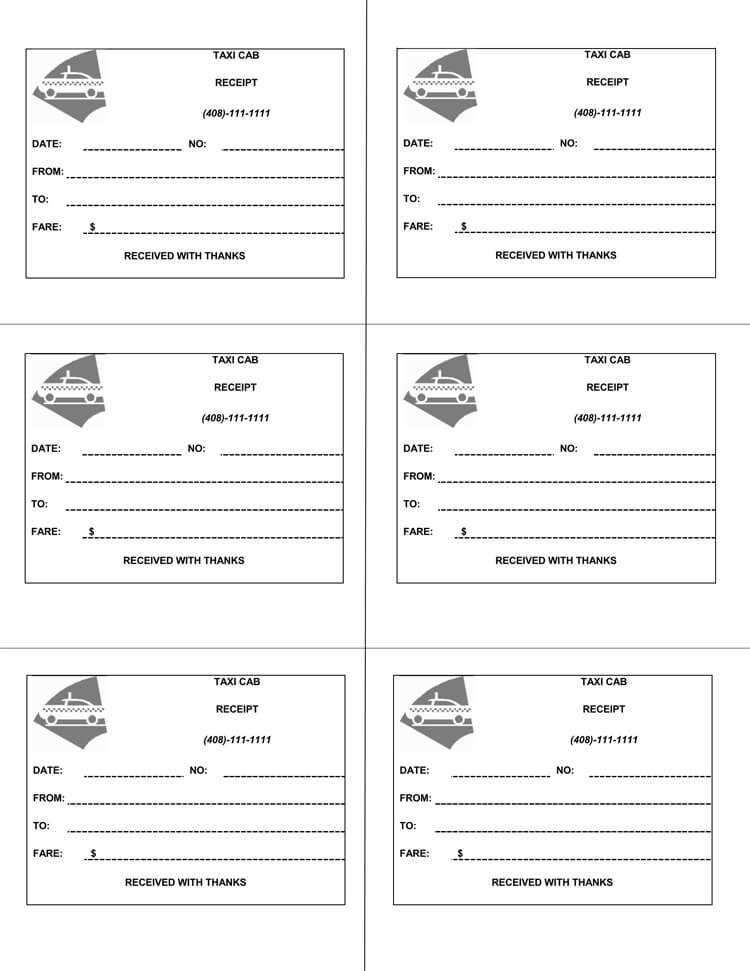
Include any extra charges, such as tolls, airport fees, or late-night surcharges. Clearly indicate the reason for each charge and the amount. Make sure customers know what they’re paying for so there’s no confusion later.
Finish by summing up the charges at the bottom of the breakdown and showing the total fare. This approach makes your receipt clear, with no hidden fees or ambiguous terms, ensuring transparency and customer trust.
Designing a Professional Layout for Taxi Receipts
Focus on simplicity and clarity. Begin with the company logo at the top, making sure it’s visible but not overpowering. Place the business name and contact details next, using a font that’s easy to read. Keep the text aligned to the left or center for neatness. Below this, include the date and time of the ride, followed by the trip details: pickup and drop-off locations. These should be formatted clearly in separate lines to avoid clutter.
Use a clear and readable font for all text, like Arial or Helvetica. Stick to black or dark gray for text color, ensuring it’s easy to read on a white or light-colored background. For fare breakdowns, present each charge separately with labels like “Base fare,” “Distance fee,” and “Additional charges.” Display the total at the bottom in a slightly larger font for emphasis. Avoid overcrowding the receipt with too much information; include only what’s necessary for the passenger’s reference.
Consider adding a QR code or website link for easy access to company details or customer support. Ensure the receipt’s design is balanced and doesn’t feel too cramped, leaving space between sections. This makes the document look polished and professional.
Key Legal Requirements for Taxi Fare Receipts
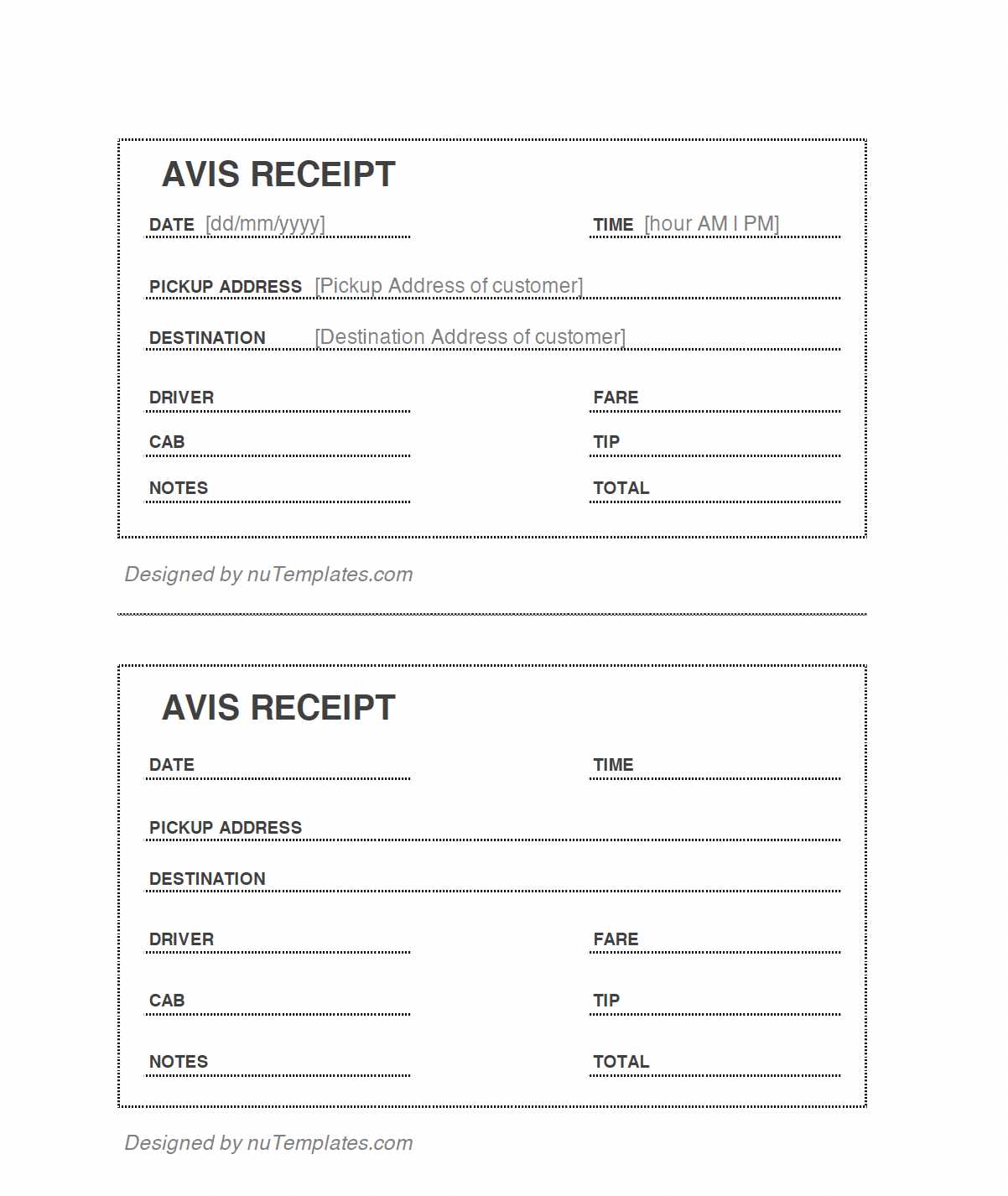
Taxi fare receipts must meet several legal standards to ensure transparency and protect both passengers and operators. These requirements vary by jurisdiction, but certain elements are universally mandated.
1. Required Information
Each receipt should include specific details to be legally valid. These commonly include:
- Taxi company name and contact information.
- Driver’s details, including their identification number or badge number.
- Date and time of the ride.
- Pickup and drop-off locations (or general area, depending on local laws).
- Total fare, including any applicable taxes, surcharges, or tips.
- Payment method used (cash, card, etc.).
- Receipt number for tracking purposes.
2. Digital Receipts Requirements
If digital receipts are issued, they must adhere to the same requirements as paper receipts. Some regions also mandate that digital receipts be easily accessible for a reasonable period post-ride.
- Ensure the receipt is retrievable online or via an app, if applicable.
- Provide a clear option for passengers to request a printed version if they prefer.
Failure to include these elements could lead to non-compliance with local regulations and result in fines or legal issues for taxi services. Be sure to consult your local taxi regulatory body for jurisdiction-specific guidelines.
